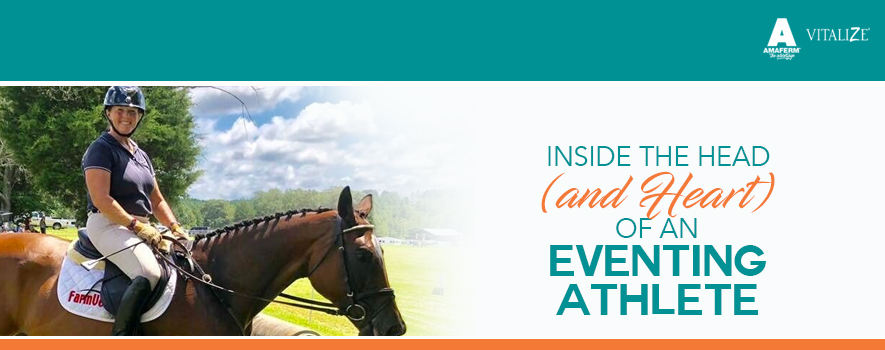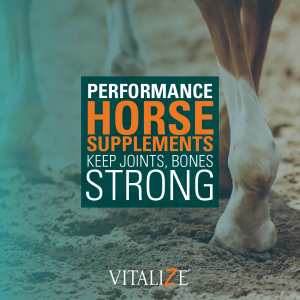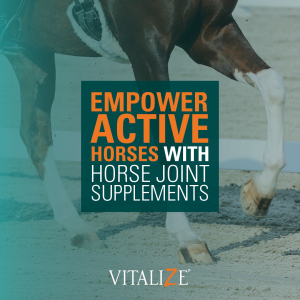
Most long-term relationships are built on trust, confidence and working together day after day. These same attributes are necessary for athletes that compete as a team. However, in one sport, the athletes are a team that include a horse and its rider. Both athletes must be focused, physically fit and be able to read the others’ moves even before they are made.
Three-day eventing is the “triathlon” of equine events and tests the skills of the horse and rider in dressage, cross-country riding and show jumping. Scores are calculated based on penalties or “faults” and the duo with the fewest penalty deductions and the best times on cross-country and show jumping days wins. With the FEI World Equestrian Games at the Tryon International Equestrian Center in Mill Spring, N.C., in full swing, we caught up with internationally-renown rider, coach and trainer Bonnie Mosser, Davidson, N.C., to discuss the sport and find out more from a rider’s perspective.
“I like that you have to be capable of riding three different disciplines in one competition. It takes a real athlete in the horse and the rider. It requires real discipline to learn all three of those aspects of the sport,” Mosser said. “I also enjoy the type of horse that it requires. It definitely is a work horse; it has to have a good mind set, and it has to be very athletic to achieve all three disciplines. I appreciate that it takes discipline to be a good rider in all three phases to be competitive. It takes all three to be at the top.”
Mosser, who has a life-long passion for horses, has definitely been at the top in eventing. She is a two-time national champion in the sport. She was an alternate to the 2006 World Equestrian Games and an alternate to the 2008 Olympic Games. Although, she came to the sport later in life, she did start riding horses in her parents’ backyard, joined the pony club, showed Western, hunter-jumper and competed some in 4-H. However, she chose ski racing as her first sport, and competed in that until she was 23-years-old.
“Then my ski coach’s wife introduced me to eventing, and I was hooked. Eventing has been in my life for a long time. Between ages 38 and 45, I was at the peak of my career, which says a lot about our sport,” Mosser said.
She explains that a rider and horse must qualify to make it to the advanced levels of competition like the World Equestrian Games, and it takes time and experience for the duo to practice and build that relationship, so they can perform at their optimum. She said that the horses that do well in the advanced competition average 13-years-old because of the training involved and the maturity required.
The same horse and rider must compete together for all three days of the competition. The first day is dedicated to dressage, which Mosser compares to the compulsory movements in ice skating, where everyone rides a specific test.
Day two is generally the most challenging with the cross-country phase of competition. The cross-country course is typically a specified distance (could be up to three miles) that the rider has a maximum time allotment, generally no more than 11 minutes, to complete. The course is in the open and includes multiple natural obstacles for the horse to jump without penalty.
Mosser quotes the designer for this year’s cross-country course at Tryon, “The track was anticipated to be about 11 minutes in length, set over an estimated 5,200 meters with approximately 42 total jumping efforts, including an uphill pull at the end of the course to serve as an ultimate test of stamina and fitness.”
The final day includes show jumping. Like cross-country, it is scored on a combination of time and penalties. The scores over the three days are combined for a total score, with the lowest score being the most desirable.
Although Mosser still enjoys the competition, she has shifted her role from competitor to coach and trainer. She sold her two favorite and well-known competition horses, Merloch and Jenga, in 2010. She now puts her effort into training up-and-coming eventing riders and training their horses – all along the Eastern Seaboard from the Carolinas into Florida and Georgia. She emphasized that training for these three-day events is a process, and it is vital for both horse and rider to have a trainer and coach to help prepare mentally and physically.
Mosser will be taking on a new role at the World Equestrian Games as part of the support staff for Brazilian athlete Nilson Moreira da Silva. As part of his support team, she will help however she is needed, and also serve as an extra pair of eyes on the ground, which is a valuable part of the sport of eventing.
“I am true believer that a partnership between horse and rider is very important. You also have to have confidence. Your training program at home has to be developed over the years. It doesn’t’ happen overnight,” Mosser said. “I’m a true believer in making sure my body is physically fit as well, meaning heading to the gym – weight lifting, doing cardio. I do a lot of visualization work like understanding my dressage paths, understanding the cross-country course I’m going to compete on. And taking lessons to be properly prepared.”
In addition to preparing the rider’s minds and bodies, keeping the horses in top-shape is also a priority. Mosser said at the World Equestrian Games, veterinary evaluations are part of the three-day eventing, where the horses will be examined prior to Day 1 to be sure they are sound and healthy to compete and then again prior to show jumping on the third day.
“A very strong element of our sport is the horsemanship care – understand your horse and what its needs are,” she said.
Another part of keeping her horse and her students’ horses healthy starts on the inside. Mosser said she knows that horse health starts with keeping the digestive tract healthy so horses she trains and feeds are given Vitalize® Equine Digest More® Plus. The Vitalize supplement is a pelleted top-dress for horses that contains Amaferm® for increased digestibility, MOS for sequestering pathogens, and biotin and zinc for coat and hoof health. Amaferm is a precision prebiotic designed to enhance digestibility by amplifying the nutrient supply within for maximum performance. Not only do the ingredients in the Vitalize keep her horses feeling good on the inside, they help keep the horses looking good and their hooves healthy, something of upmost importance in this industry.
Mosser also uses Vitalize® Equine Recovery Paste (transitioned to Vitalize® Equine Recovery Gel July 2019) with the horses, which comes in very handy in eventing, especially after the cross-country competition. This 3-in-1 Gel to get horses back on their feet after trauma, illness, performance or stress. Recovery Gel contains the ideal balance of vitamins, organic minerals, amino acids and anti-oxidants as well as MOS and Amaferm for maximum support of immune function and stress recovery.
Trust. Confidence. Physical and mental strength and wellness. These components along with a strong working relationship make up the pieces of a competitive duo when it comes to three-day eventing.

